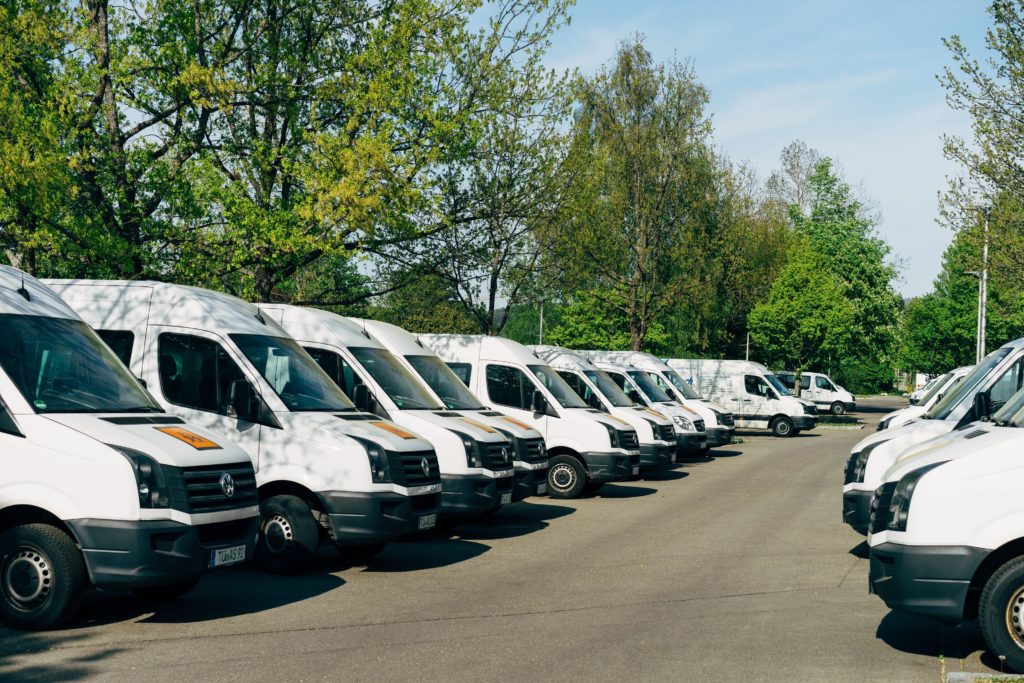Demand-responsive transport, mobility on-demand (MOD), microtransit, paratransit: these are just some of the names used to describe that mode of shared transport that does not run on fixed lines, but rather connects and adjusts the offer for mobility (the transport service itself) to the demand in real time.
Although the concept of demand-responsive transport (DRT) has been around for a long time, it has been growing a lot over the last few years, mainly thanks to technological advances and users’ growing digital confidence. The increased need for a more flexible service, pushed for by the disruption brought upon by the Covid-19 pandemic, also contributed to implement mobility schemes other than the traditional fixed lines routes.
Among the arising mobility options, DRT has been one of the most adopted ones. If correctly implemented, communicated to passengers and integrated with the standard fixed line services, DRT brings with it several advantages and has all the credentials to shape the mobility of the future. Let’s explore together the most important advantages but also the challenges that a DRT scheme needs to overcome to become a successful model.
1. OPTIMIZATION OF TRANSPORT SERVICE OFFER
DRT usually covers geographic areas and/or hours during the day in which a fixed-line one would be too costly to maintain. Implementing a DRT scheme means working towards transport efficiency, cost savings and increasing occupancy rate.
This happens because a flexible service allows to cover larger areas (instead of serving just an area with predefined stops) and serve more passengers, who are usually not benefiting from fixed-line because predefined stops are far and difficult to access.
2. TRANSPORT INCLUSIVENESS
DRT boosts inclusiveness because it also provides service to those people that cannot rely on fixed-line service because of barriers to accessing the public transport services. This is especially true for elderly and people with special needs: for them, it is often very difficult if not impossible to benefit from traditional public transport (because of the distance of bus stops from their homes and the vehicles not being properly equipped for special needs) and at the same time, they cannot rely on a private car.
A flexible transport service like DRT helps them be more included into the social life of their community, become more independent and feel happier, for the benefit of the entire society. The actual DRT trip also becomes a way of socializing, either with other passengers on board or with the driver.

3. DRT ACTS AS A CONTRIBUTOR TOWARDS PUBLIC TRANSPORT
By covering larger areas and offering a flexible service where fixed line routes have traditionally been weak, DRT, if properly integrated, is actually strengthening traditional public transport. This happens because people who were forced to rely on private cars or to stay at home because of the limited shared mobility options in their area can now benefit from DRT to reach a larger mobility hub from where they can move freely. DRT contributes to modal shift and therefore helps achieve environmental targets, incentivizing a greener mobility.
In order for this to happen, DRT needs to be included into a wider mobility scheme and be deeply integrated with fixed line routes, to get the most out of the different mobility options.
So, if DRT brings with it all these advantages, why do some transportation agencies fail in their efforts to show value in this service, with projects being discontinued after a few months of operation?
As in all projects implementations, DRT also brings with it many challenges. Let’s review together the major issues:
1. DEEP UNDERSTANDING OF USER’S NEEDS
Like all other mobility schemes deployed, to be successful, DRT must start from the needs of the people that are going to use the service. This process is usually performed through surveys or by analyzing the mobility demand by the means of other sources. This takes time and as a consequence is often disregarded by transport operators looking for operational efficiency only. Understanding what creates value for passengers, however, helps shape the transport offering correctly and secure the long-term sustainability of the implementation.
2. CAREFUL PLANNING
Once the users’ needs are clearly understood, a second key step is to decide where it makes sense to substitute or complement with DRT a traditional fixed-line service and where the latter just has to be strengthened without changing the mobility scheme. This often involves a deep study of the geographical area, the movement patterns within it and how the mobility offer can best respond to demand’s needs.
3. COMMUNICATE VALUE
Finally, communication, communication and communication. Change brings uncertainties to most people and it requires to be clearly and effectively communicated to help people see its value. People living in areas where a fixed-line service has been replaced by DRT may at first provide skepticism but through communication will eventually help them understand that the flexibility allowed by DRT actually increases their freedom of movement.This is the turning point to make people gain confidence in the new mobility scheme and ultimately define the success of a DRT project.


